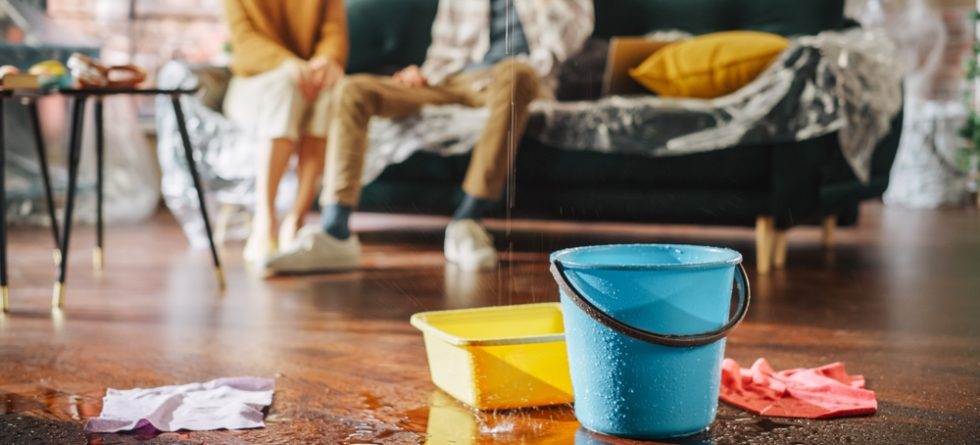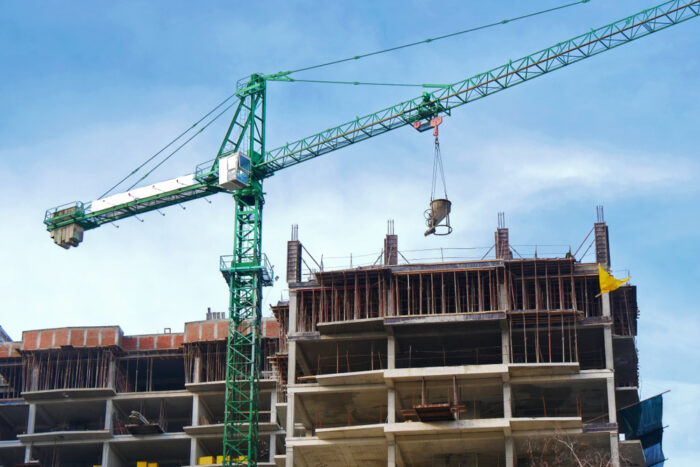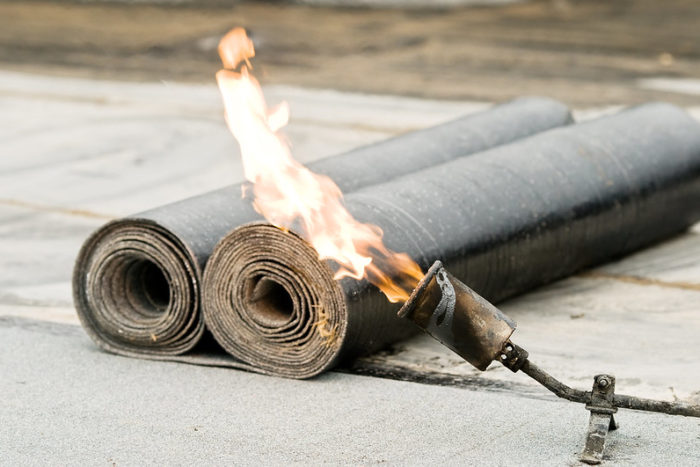Why Does My Roof Leak When It Rains?

Roof leaks during rain are typically due to compromised shingles, damaged flashing, or blocked gutters causing water to pool and seep through.
There are several potential reasons why your roof may leak when it rains…
- Damaged or Missing Roofing Materials – Roofing materials can become damaged over time due to weather, age, or impact. This can create openings for water to penetrate the roof structure.
- Poor Installation – Improperly installed roofs can have weak spots, improper flashing, and inadequate sealing around penetrations, leading to water intrusion.
- Clogged Gutters or Downspouts – Clogged gutters or downspouts prevent water from draining properly off the roof. Instead, water may accumulate and back up under the roof edge, leading to leaks and water damage.
- Damaged Flashing – Flashing is used to seal joints and transitions on the roof, such as around chimneys, vents, and skylights. If the flashing becomes damaged, rusted, or improperly installed, it can allow water to enter the roof system.
- Ice Dams – In cold climates, ice dams can form on the roof’s edge, preventing melting snow from draining off the roof. As the water pools behind the ice dam, it can seep under the roofing materials and cause leaks.
- Condensation – Inadequate ventilation in the attic can lead to condensation buildup especially during cold weather. Condensation can drip onto the attic insulation or ceiling below, mimicking a roof leak.
- Cracked or Warped Roof Decking – The underlying roof decking, typically made of plywood or OSB(Oriented Strand Board), can deteriorate over time due to moisture exposure, leading to cracks or warping that allow water to penetrate into the attic space.
Identifying the specific cause of a roof leak often requires a thorough inspection by a qualified roofing professional. Once the source of the leak is determined, appropriate repairs or maintenance can be undertaken to address the issue and prevent further water damage.





Leave a Comment